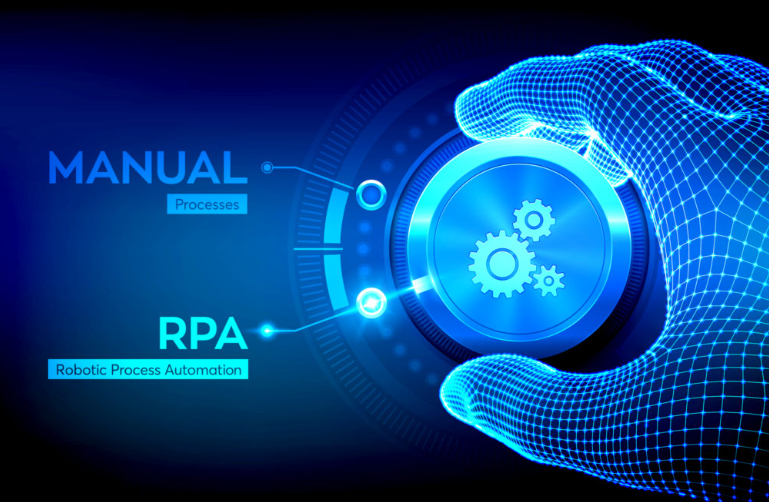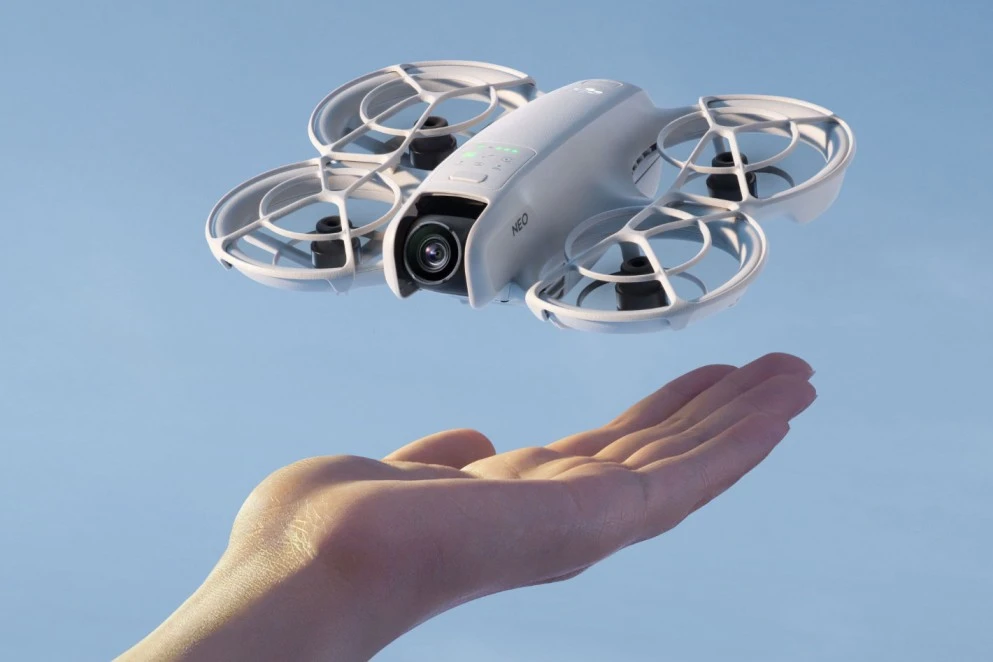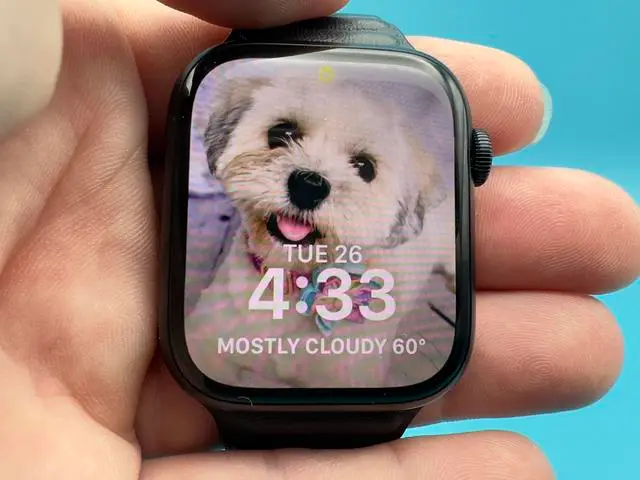RPA i.e. Robotic Process Automation is software by which one can automate business processes like transactions, sales, data, and applications. Email generation is also a process that can be made by it.
The developmental process of this software started in the 1990s. It was introduced in the 2000s. Machine Learning, NLP, and AI came before RPA and these were the premises over which it was developed. It doesn’t require programming. It can be created through GUI or Graphical User Interface. Its interface is user-friendly. The analytical suite is known for providing metrics on robots and workflows.
The software works on actionable intelligence. The data is converted to information and then to actionable intelligence by the software for the users. Actionable intelligence is a combination of artificial intelligence and cognitive intelligence. It is good at debugging. Some of the tools of this software work without stopping the running process- that is quite a dynamic way. By using these tools, the efficiency increases.
There are more accurate results. For 2023, there are new trends in this software. There is more use of managed Robotic Process Automation. This is less technical than the previous one. Machine Learning and NLP will increase the value of the software in 2023. There would be hyper automation. There will be fewer codes and everything will be automated.

RPA is based on Automation, AI, and Analytics. It has implications for industries like IT, banking, medicine, and others. There is a new trend of Attended Automation in 2023. It is also known by the term Desktop Automation.
By using Attended Automation, there is better automation of tasks on the desktop. This leads to a better customer experience. With this, tasks like adding information in forms become all the easier.
It interacts with digital systems like ERP and CRM. With more trends coming up, it can execute more complex tasks without humans. With this, there would be improvement in abilities and processes.
.jpgL.jpg)
Most of the time people think that automation would replace humans. But for 2023, RPA is a combination of humans and automation or machines. Machines have to perform the technical tasks while humans would not have to perform higher cognitive tasks. But we need professionals who know how to use the technology.
A new trend in this is Intelligent Process Automation. It is a combination of rule-based automation with artificial intelligence. This new trend is also about combining machine learning and process redesign. This will make the automation process the entire better in 2023.

Another trend in RPA is Hyper Automation. Hyper Automation is a finer iteration of it. With this trend, there will be a blend of AI, machine learning, and other trends. With hyper automation, massive data can be processed easily.
This will optimize the business processes. With this trend, there would be a need to automate complex tasks. With hyper automation, business processes like integration and management can be automated completely. This would lead to better efficiency. All kinds of businesses would be able to expand from it.

RPA is basically technology-oriented. It will get more usage as business users are now becoming more and more aware of technology. But in 2023, many organizations have started executing it in other ways. It would be used in ways that are not necessarily technology-oriented. Higher business activities would be done by using the software. Much of the usage of it would be away from the information technology sphere.
RPA is being developed for industry-specific needs. It is like creating industry-specific solutions so that the business needs of the industry are taken into consideration and then worked upon. Solutions would get converted to actions very fast. This would take place at all levels of the organization.
There would be a cloud-based RPA in 2023. Now, more and more businesses are using cloud storage. So, it is also becoming cloud-based so that there would be better integration. There would be fewer costs in terms of IT infrastructure. This would be cut down on maintenance.
There would also be a combination of Business Process Automation and Business Process Management. Both of these are great automation technology tools. These would automate business processes when combined with RPA. The complex tasks would be handled in a better way. There would be more cost-savings. Efficiency would be the entire better.
There would be a better usage of AI.
Complex tasks would be digitalized and automated. With AI getting all over in businesses, there would be more scope for RPA. It will be an important constituent. It is a combination of machine learning, OCR, NLP, and other technologies.
With RPA, there would be low-codes. Basically, it doesn’t require coding or programming. So, for users who do not use a lot of technology, it would be all the easier to design software platforms.
There is more usage of GUI or Graphical User Interface. With low codes, there is more savings on costs and fewer risks. New products can be developed with this.
It is easy to integrate RPA with the existing set of IT systems. It is a major reason for its growing usage.
Robotic Process Automation can also be a career option for people. With industries using it, they would require professionals who know how to better use this new technological advancement.
The present world is a world of technology all over. So, technologies like RPA are like something beneficial to automating business processes. There are so many trends in it for 2023 that make it all the more easier to use it.
The biggest benefit of this software is that you do not need codes. It is no-code software in a way. However, some of the aspects are based on codes. But for 2023, there is more emphasis on fewer codes. The future and scope of RPA is big for 2023.
Also read : SOCIAL MEDIA GRAPHIC DESIGN TRENDS FOR 2023
By Bhawna





